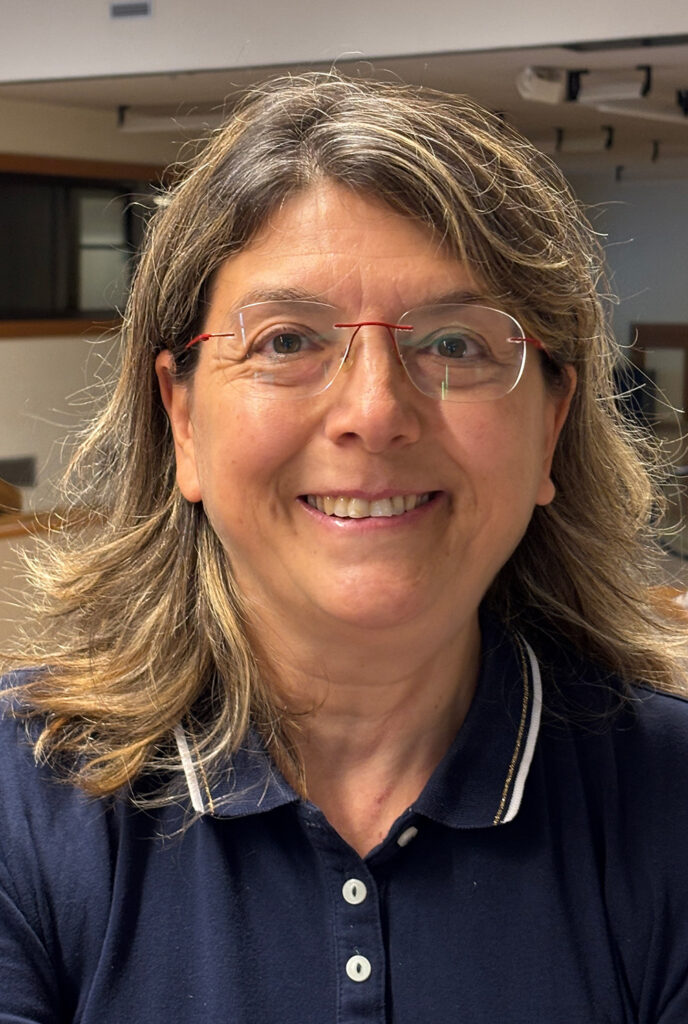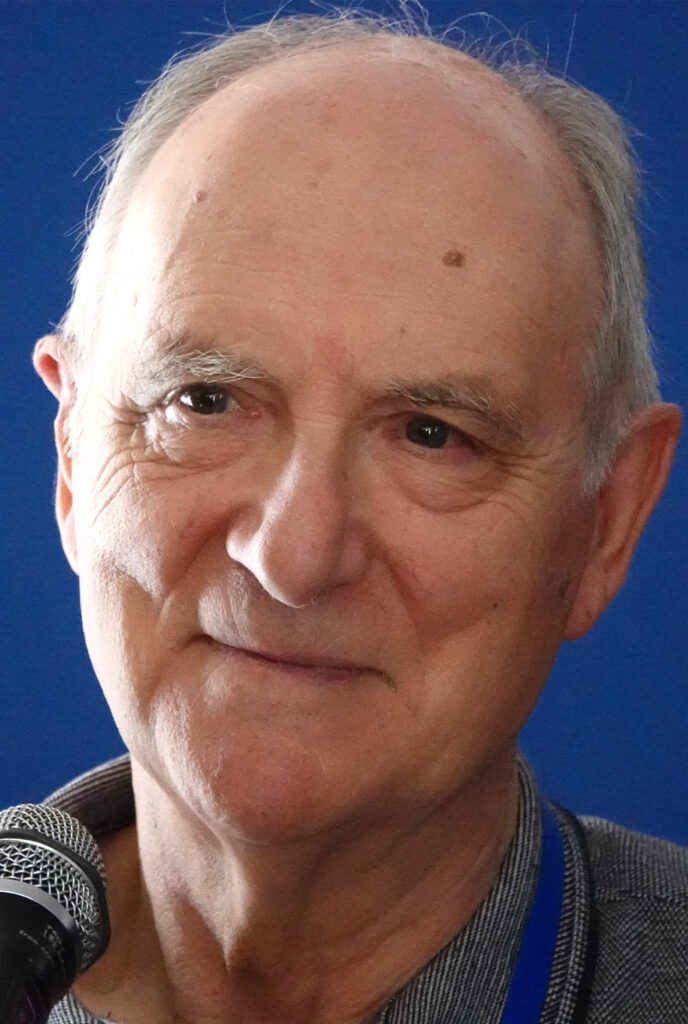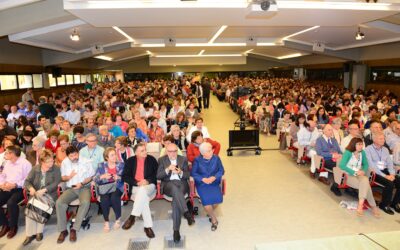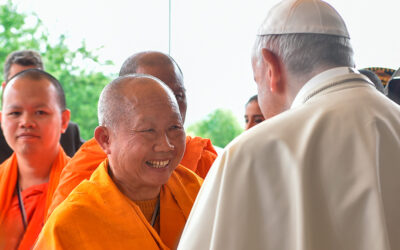The Focolare Movement and religious men and women share a bond that originated at the beginning of the Movement’s history: a thick web of relationships between Chiara Lubich, founder of Focolare and consecrated people of various religious families. An array of women and men dedicated to God through the most varied spiritualities that inspired and supported Chiara in the early years of the Movement. All this is revealed in the book entitled A Magnificent Garden. Chiara Lubich and the Religious (1943-1960) edited by Father Fabio Ciardi and Elena Del Nero.
Let’s start with the title: “A magnificent garden”. Can you explain it to us?

Elena Del Nero: “The evocative image, used by Chiara Lubich as early as 1950, refers to the Church, in which, over the course of history, charisms have flourished. Each of them is precious in its own particular beauty, rooted in the Gospel word that inspired it and yet, together, they compose a harmony of shades, which enriches and illuminates the Church”.
The book consists of a historical reconstruction and a theological-ecclesial reflection. What do they cover?
Elena Del Nero: “The historical reconstruction focuses on only two decades, from the birth of the Focolare in 1943 to 1960. These years are particularly rich in documents and material relevant to the theme under study. The theological-ecclesial reading, on the other hand, ranges in a more extensive temporal dimension, extending its remit to the most recent magisterium reflections. In this way, we believe the panorama offered is wider and more complete “.
The presence of religious has always been part of the Work of Mary, from the very beginning. What is the meaning of the presence of religious in the Movement?
Father Fabio Ciardi: “To rekindle unity in the Church, in response to Jesus’ prayer ‘That all may be one’ (Jn 17:21), was the ideal to which Chiara Lubich felt called. Her Movement continues this great mission of fostering communion and unity among all. But what kind of unity would it be if religious were missing? They express the Church’s charismatic richness and keep alive the experience of the great saints. Chiara wanted to involve them in her ‘divine adventure,’ as she wanted to involve all people, of all vocations”.
What benefit did religious and their orders gain through dialogue with Chiara Lubich and the spirituality of unity of the Focolare?

Father Fabio Ciardi: “From the beginning, religious of different orders were attracted by the evangelical freshness witnessed by Chiara and the first members of the nascent Movement, which brought them back to the radicality of their original choice: they felt a new love for their vocation, they understood it in a deeper way, they felt involved in a communion that reminded them of the first Christian community described in the Acts of the Apostles”.
What effect has the closeness of the religious had on Chiara Lubich from the beginning of the Movement?
Father Fabio Ciardi: “Their presence proved providential for Chiara, because it allowed her to engage with the great Christian spiritualities that emerged throughout history. This encounter helped her to understand her own vocation more profoundly, enriching it through the communion of the saints. Thinking of the saints of whom the religious are witnesses, she wrote, “It seems that they have approached our Work to encourage it, enlighten it and help it.” On the one hand, the relationship with the saints confirmed certain aspects of the life of the Work of Mary. On the other hand, the comparison with their lives and their works highlighted the full originality of this new and contemporary work of God”.
Is the presence of religious in ecclesial movements a source of mutual enrichment? Or does it risk bringing confusion and loss of identity?
Father Fabio Ciardi: “There is no interference in the life of religious families. Chiara Lubich wrote that she approached them ‘on tiptoe‘, in the awareness that they are ‘works of God’ and with that deep love that led her to discover in each of them ‘the beauty and that something ever new that they safeguard. At the same time, she was aware of the contribution she was called to make: ‘We must only help circulate Love among the different Orders. They must understand, know, and love each other as the Persons of the Trinity love one another. Among them there is a relationship like that of the Holy Spirit who binds them together, because each is an expression of God, of the Holy Spirit. It is in this circulation of charity that every religious deepens their identity and can make a specific contribution to unity”.
In conclusion, why read this book? Who would you recommend it to?
“Because it recounts a wonderful page of history that helps us to understand the beauty of the Church. It is not a book for religious only. It is a book for those who want to discover a Church that is completely charismatic”.
Lorenzo Russo




Is this book available in another language? English or french or german?